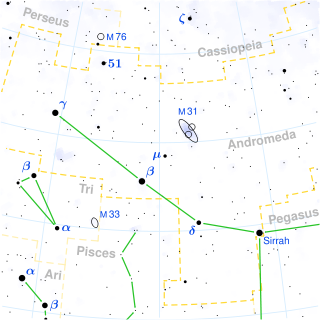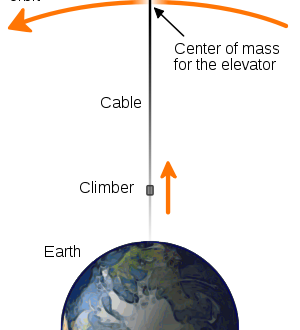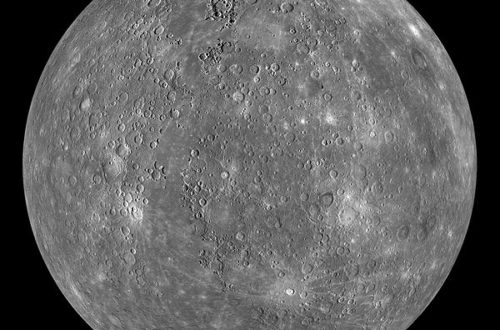Monthly Stargazing Calendar for May 2012
Looking for the May 2025 stargazing calendar?
On May 5, 6 we witnessed the Eta Aquarids Meteor Shower. It is a light shower, usually producing about 10 meteors per hour at the peak. The full moon ruined the show this year, washing out all but the brightest meteors with its glare. The shower will appear to radiate from the constellation Aquarius.

Would you like to be notified of stargazing events?
On May 20 we will witness an Annular Solar Eclipse. The path of annularity will begin in southern China and move east through Japan, the northern Pacific Ocean, and into the western United States. A partial eclipse will be visible throughout parts of eastern Asia and most of North America as well as the northern half of the Pacific Ocean. The following is a map by NASA of where the eclipse can be seen.
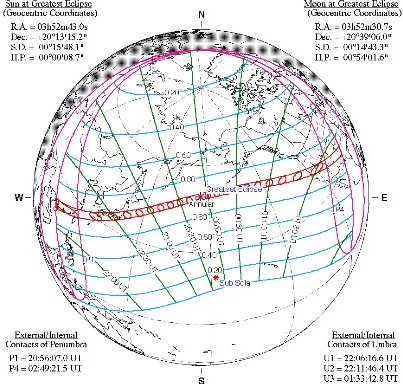
Moon phases
As you know, the Moon has a big impact on the visibility of celestial bodies in the night sky. So here are the Moon’s phases for this month:
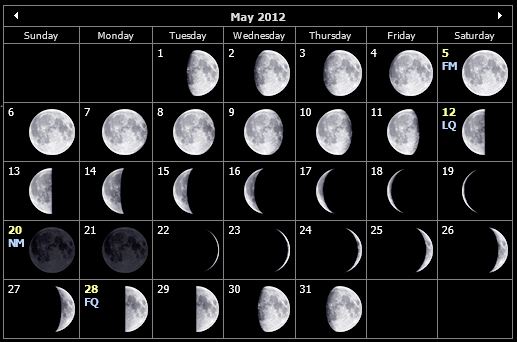
Positions of the planets this month
Mercury: The closest planet to the Sun can be seen at dawn and dusk between the constellations of Pisces and Cetus, between the planets Jupiter and Uranus. This planet, being the closest to the Sun, will appear to move quickly in the night sky and its position will change in the following weeks.
Venus: The sister planet can be seen between the constellations of Taurus and Auriga. Just like Mercury, Venus can only be seen at dawn and dusk.
Mars: The red planet can be seen in the constellation of Leo, not far from the bright stars Regulus and Algieba.
Jupiter: The gas giant is visible between the constellations of Aries and Taurus. Jupiter can easily be spotted with the naked eye, even in highly illuminated cities.
Saturn: The ringed giant can be seen with the naked eye in the middle of the Virgo constellation, not far from the bright star Spica.
Uranus: The gas giant can be seen between the constellations of Pisces and Cetus with the use of a telescope.
Neptune: The blue giant requires a telescope pointed in the constellation of Aquarius in order to be seen.
Major astronomical events next month
- June 4 – Partial Lunar Eclipse.
- June 5, 6 – Transit of Venus Across the Sun.
- June 20 – June Solstice.
See also:
- Previous month’s calendar: Stargazing Calendar for April 2012
- Next month’s calendar: Stargazing Calendar for June 2012
Would you like to receive similar articles by email?



